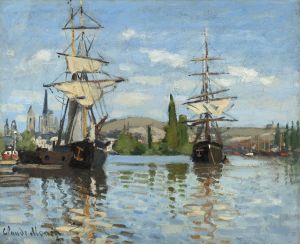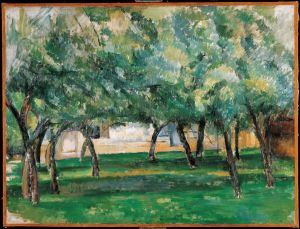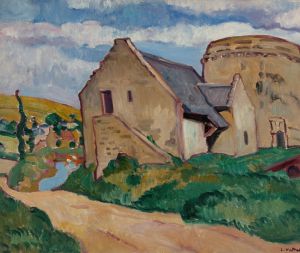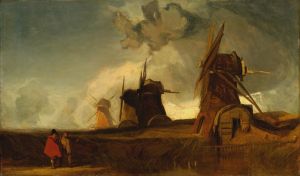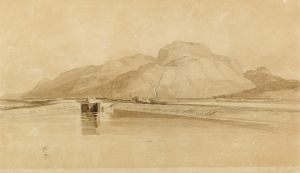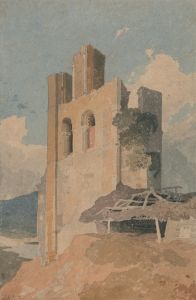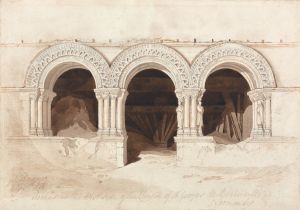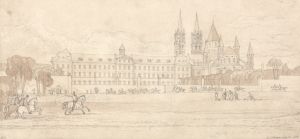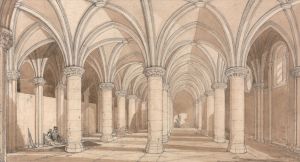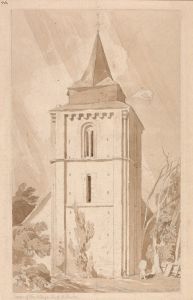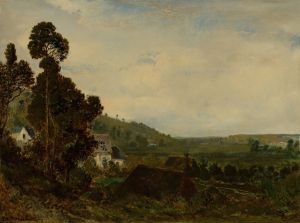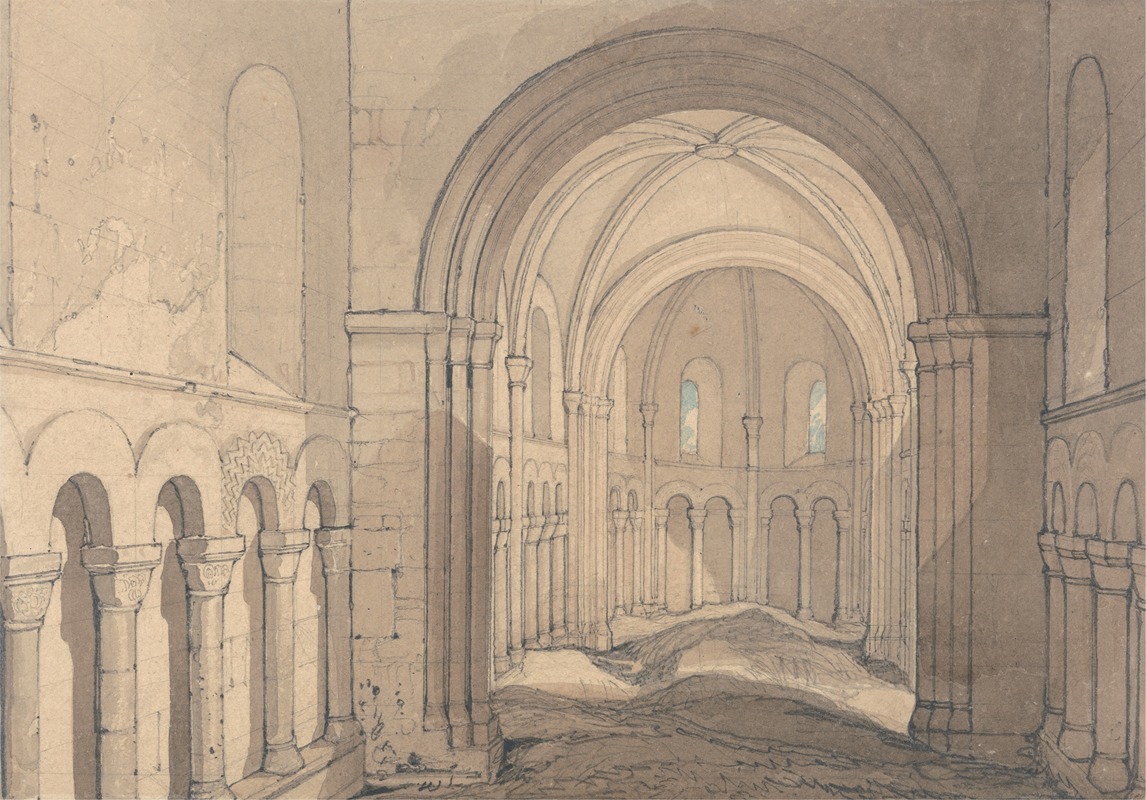
Interior of the Chapel of Saint Julien, near Rouen, Normandy
A hand-painted replica of John Sell Cotman’s masterpiece Interior of the Chapel of Saint Julien, near Rouen, Normandy, meticulously crafted by professional artists to capture the true essence of the original. Each piece is created with museum-quality canvas and rare mineral pigments, carefully painted by experienced artists with delicate brushstrokes and rich, layered colors to perfectly recreate the texture of the original artwork. Unlike machine-printed reproductions, this hand-painted version brings the painting to life, infused with the artist’s emotions and skill in every stroke. Whether for personal collection or home decoration, it instantly elevates the artistic atmosphere of any space.
"Interior of the Chapel of Saint Julien, near Rouen, Normandy" is a watercolor painting by the British artist John Sell Cotman, created in the early 19th century. Cotman, a prominent figure in the Norwich School of painters, is renowned for his landscape and architectural subjects, often capturing the serene beauty of the English and French countryside. This particular work is a testament to his skill in rendering architectural interiors with a keen eye for detail and atmosphere.
The painting depicts the interior of the Chapel of Saint Julien, located near Rouen in the Normandy region of France. Cotman visited Normandy several times, particularly between 1817 and 1820, during which he produced numerous sketches and studies of the region's architecture. These visits were part of a broader trend among British artists of the time, who were drawn to the picturesque and historical allure of the French landscape and its medieval structures.
In "Interior of the Chapel of Saint Julien," Cotman employs his characteristic use of light and shadow to create a sense of depth and tranquility. The watercolor medium allows for a delicate interplay of colors, capturing the subtle variations in the stonework and the soft illumination filtering through the chapel's windows. The composition is carefully balanced, with the architectural elements leading the viewer's eye through the space, inviting contemplation of the chapel's serene interior.
Cotman's attention to architectural detail is evident in the precise rendering of the chapel's features, such as the arches, columns, and vaulted ceilings. His ability to convey the texture and solidity of the stonework, while maintaining a sense of lightness and airiness, is a hallmark of his style. This focus on architectural subjects reflects Cotman's interest in the historical and cultural significance of the buildings he depicted, as well as his technical proficiency in capturing their essence.
The Chapel of Saint Julien itself holds historical significance, as it is part of the rich tapestry of medieval architecture in Normandy. While specific details about the chapel's history and construction are not extensively documented, its inclusion in Cotman's work highlights its importance as a subject of artistic and cultural interest during the period.
Cotman's work, including "Interior of the Chapel of Saint Julien," has been influential in the development of watercolor painting as a respected art form. His ability to convey mood and atmosphere through his use of color and composition has inspired subsequent generations of artists. Today, Cotman's paintings are held in high regard and are part of numerous public and private collections, including those of major institutions such as the Tate Gallery in London.
In summary, "Interior of the Chapel of Saint Julien, near Rouen, Normandy" exemplifies John Sell Cotman's mastery of watercolor and his dedication to capturing the beauty and historical significance of architectural subjects. Through his skillful use of light, color, and composition, Cotman invites viewers to appreciate the serene and timeless quality of the chapel's interior, reflecting both the artist's personal vision and the broader artistic trends of his time.





